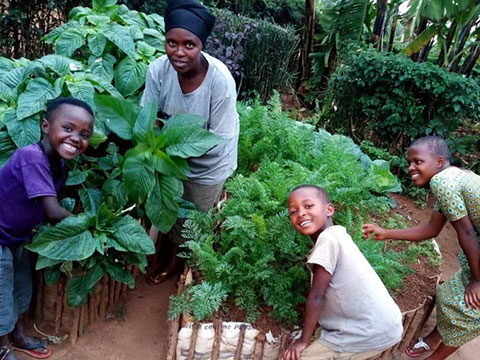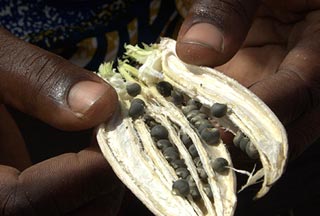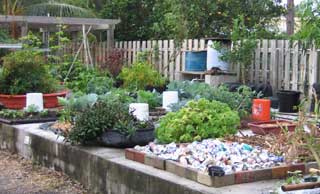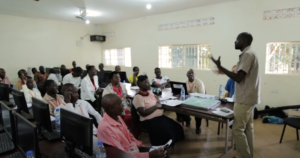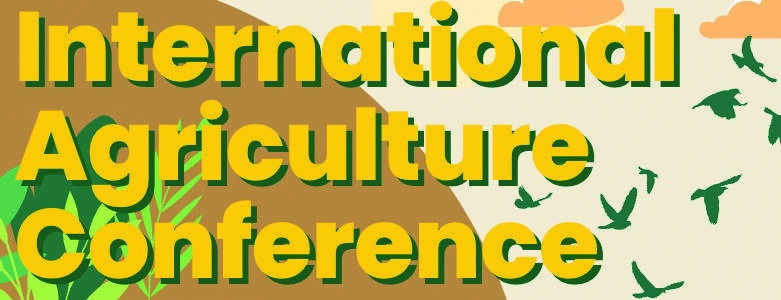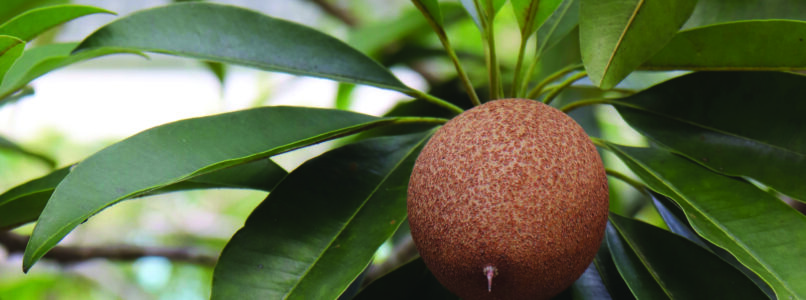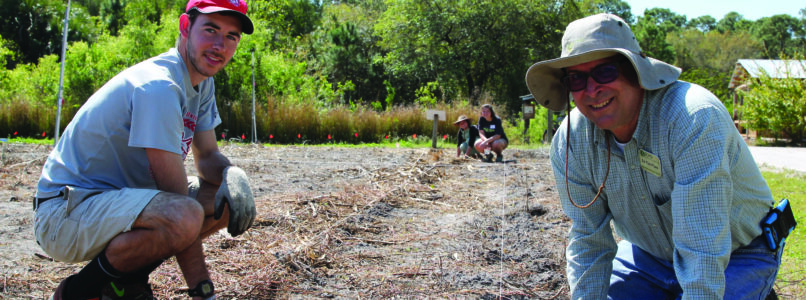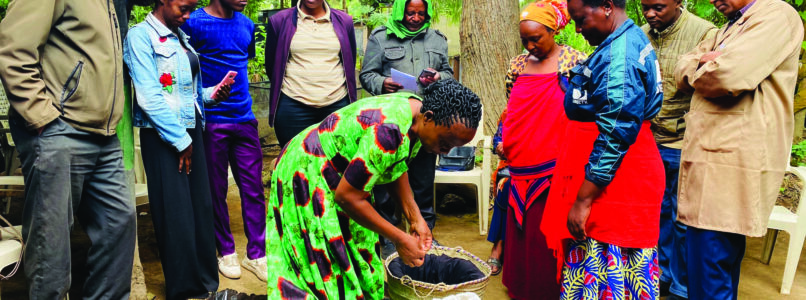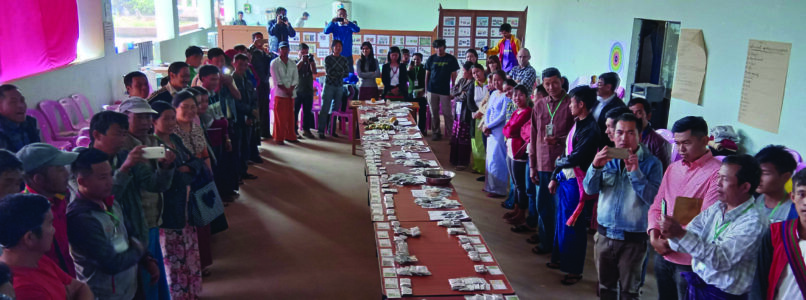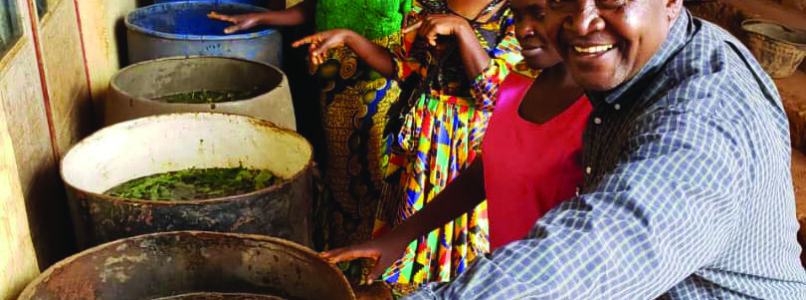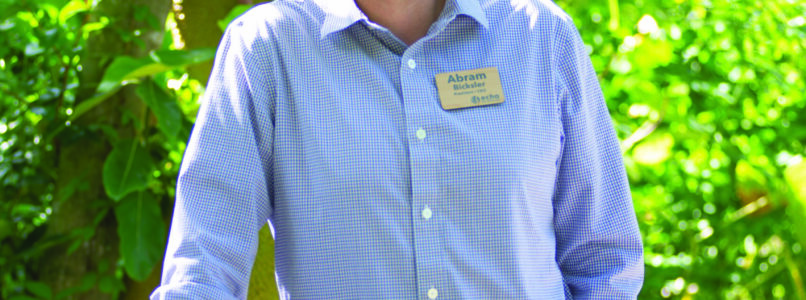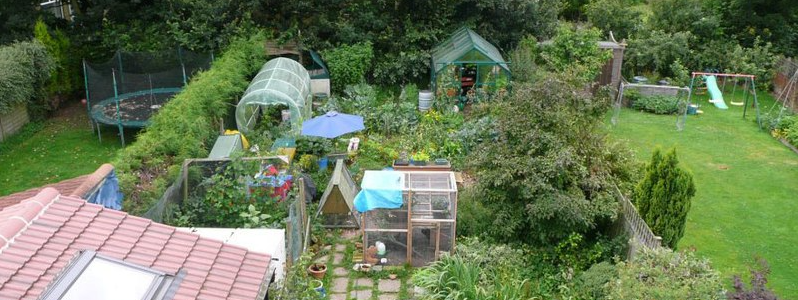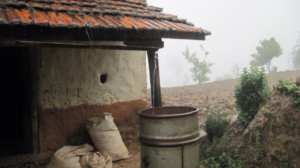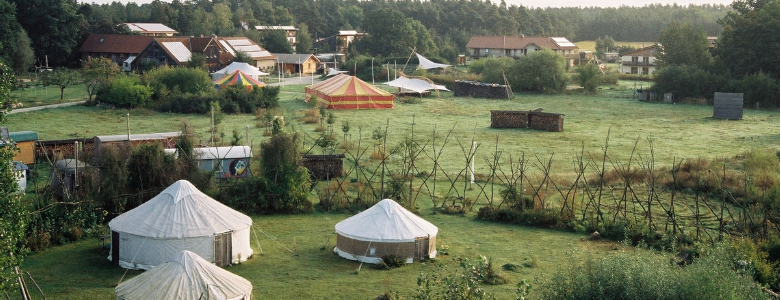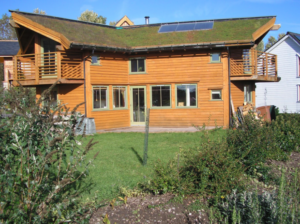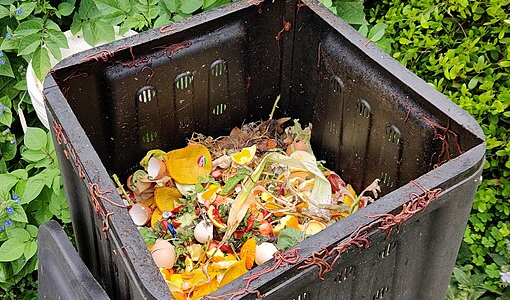As the war between Russia and Ukraine continues into 2024, common chemical fertilizer prices remain high due to fertilizer import and export uncertainties. Russia produces 25% of the world’s nitrogen fertilizer. When Silas Nfor heard about the bioliquid fertilizer that the ECHO North America Impact Center was testing, he knew he needed to teach more people about this natural solution to an ongoing problem.
Recently, Nfor shared that he has spread information about bioliquid fertilizer to nearly 1,000 people. Nfor and others in Nkambe share about bioliquid fertilizer through local radio stations, markets and have met with farmers in Bamenda to teach them how to make it and answer their questions.
“I have maybe 50 contacts where I just put ‘farmer,’ ‘farmer,’ ‘farmer,’ as the name because there are too many people asking questions who I don’t know,” Nfor said. “So I just put ‘farmer’ in my phone.”
The knowledge that Nfor gained from ECHO has been a catalyst in creating a wave of demand for learning how to make bioliquid fertilizer and insecticide sprays in his community.
The materials to create bioliquid fertilizer can usually be found for free – Tithonia, wood ash, and manure. Although making this fertilizer takes more effort than buying its chemical alternatives, it is more cost effective for the farmers as well as for the soil in the long run.
“Chemical fertilizer kills a lot of the microbes that live in soil, because of the salt and copper in it, a lot of things that the microbes don’t like,” Dr. Guin Perry, an educational research associate at ECHO said. “The bioliquid fertilizer is not only helping the plant, but it’s also feeding the microbes that live in the soil.”
With repeated use repeated use of chemical fertilizers, soil will degrade, making it harder Increased use of chemical fertilizers is expensive for farmers, usually derived from fossil fuels, and also increases the chance of releasing greenhouse gases into the atmosphere.
“It’s a harsh cycle that is necessary in a sense because there are so many people on the planet — we are quite dependent on chemical fertilizers,” Dr. Perry says. “What many farms are trying to do is to balance the use of chemical fertilizers, adding natural or organic inputs.”
Nfor calls this farming “feed to feed,” because the farmers feed the soil so that the soil will feed them, producing hearty crops. Although a slow process, eventually the soil will have regained its essential nutrients and organic matter to nurture plants.
“My dreams were really answered,” Nfor said. “Now thousands of Cameroonians are benefitting from the bioliquid fertilizer because of ECHO.”
Every year the soil is treated with bioliquid fertilizer, the soil fertility and health increases. The microbes that chemical fertilizer kills are nourished by the bioliquid fertilizer, which acts as growth hormones for the plants — and the bigger the plant is, the more sugars and biomass it makes, in turn feeding the microbes.
Equipped with the knowledge of how to make bioliquid fertilizer, the Cameroonians taught by Nfor are thankful for the increased soil health and profit from their crops.
“My dreams were really answered,” Nfor said. “Now thousands of Cameroonians are benefitting from the bioliquid fertilizer because of ECHO.”
When Nfor first introduced bioliquid fertilizer to his community, it was already partially into planting season, and some farmers didn’t want to implement a new farming method mid�season. This year, Nfor introduced the fertilizer early in the planting season to give the farmers a better start.
“I have a good network of people using biogas digesters, slurry, and fertilizer, and we are all working together,” Nfor said. “Lord willing, I will be at ECHO in November to learn more.”
